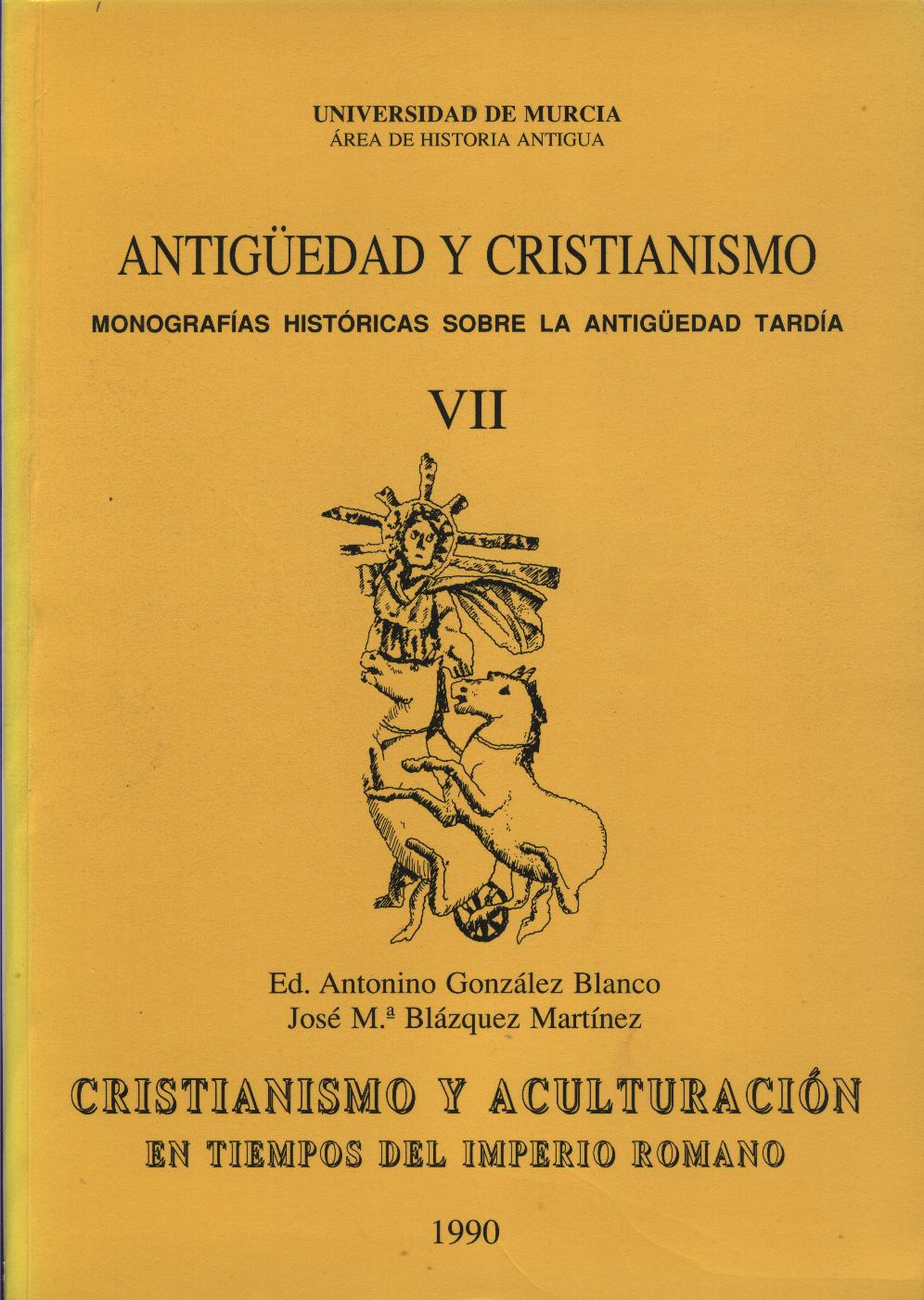El cristianismo y los habitantes de las montañas en época romana
Abstract
The question of when the Basques were converted to Christianity has been long debated, with the answers given ranging over a period extending from the fourth century at the earliest to the twelfth at the latest. Proponents of both the early and the late dates for the conversion have considerable strength in their arguments. In trying to resolve this problem it is necessary to take account of changes in ethnic self perception in the Upper Ebro Valley and Western Pyrenees, especially in the period of the dissolution of the Western Roman Empire and the formation of the Visigothic kingdom in the Iberian peninsula. Changes in Basque attitudes towards their neighbours were largely the product of altered political and economic circumstance that were triggered off by the dissolution of the Roman state. One major consequence of this was the growth of division and mutual hostility between mountain-dwelling pastoralists and lowland agriculturalists in the Western Pyrenees. Both of these two economic groups had, until the early fifth century, coexisted under the single ethnic label of Vascones, a name of considerable antiquity, but from then on a sharp sense of ethnic differentiation emerged between the two communities. Thus it is possible to reconcile evidence for the early conversion of one section of Basque population and for the late acceptance of Christianity on the part of another, once this radical disjunction in a previously unified sense of identity be appreciated.
Downloads
-
Abstract229
-
PDF (Español (España))397
1. The authors non-exclusively assign the exploitation rights (reproduction, distribution, communication and transformation) to the magazine.
2. The works published in this magazine are subject to the Attribution-ShareAlike 4.0 International license (CC By SA 4.0). Therefore, they can be copied, used, disseminated, transmitted and publicly displayed, provided that:
i) the authorship and the original source of its publication (journal, editorial and URL of the work) are cited, thus allowing its recognition.
ii) it is allowed to remix, transform or create from the material while maintaining the same license as the original.
Note: Articles prior to 2022 incorrectly display the CC by SA license in the abstract page. They are under a CC by NC ND license as embedded in the article pdfs. Articles published in 2022 and after are under the CC by SA license.

3. Self-archiving conditions. Authors are allowed and encouraged to electronically disseminate the pre-print (version before being evaluated) and/or post-print (version evaluated and accepted for publication) versions of their works before publication, as it favors their publication. Earlier circulation and diffusion and with it a possible increase in its citation and reach among the academic community. Color RoMEO: verde.
























